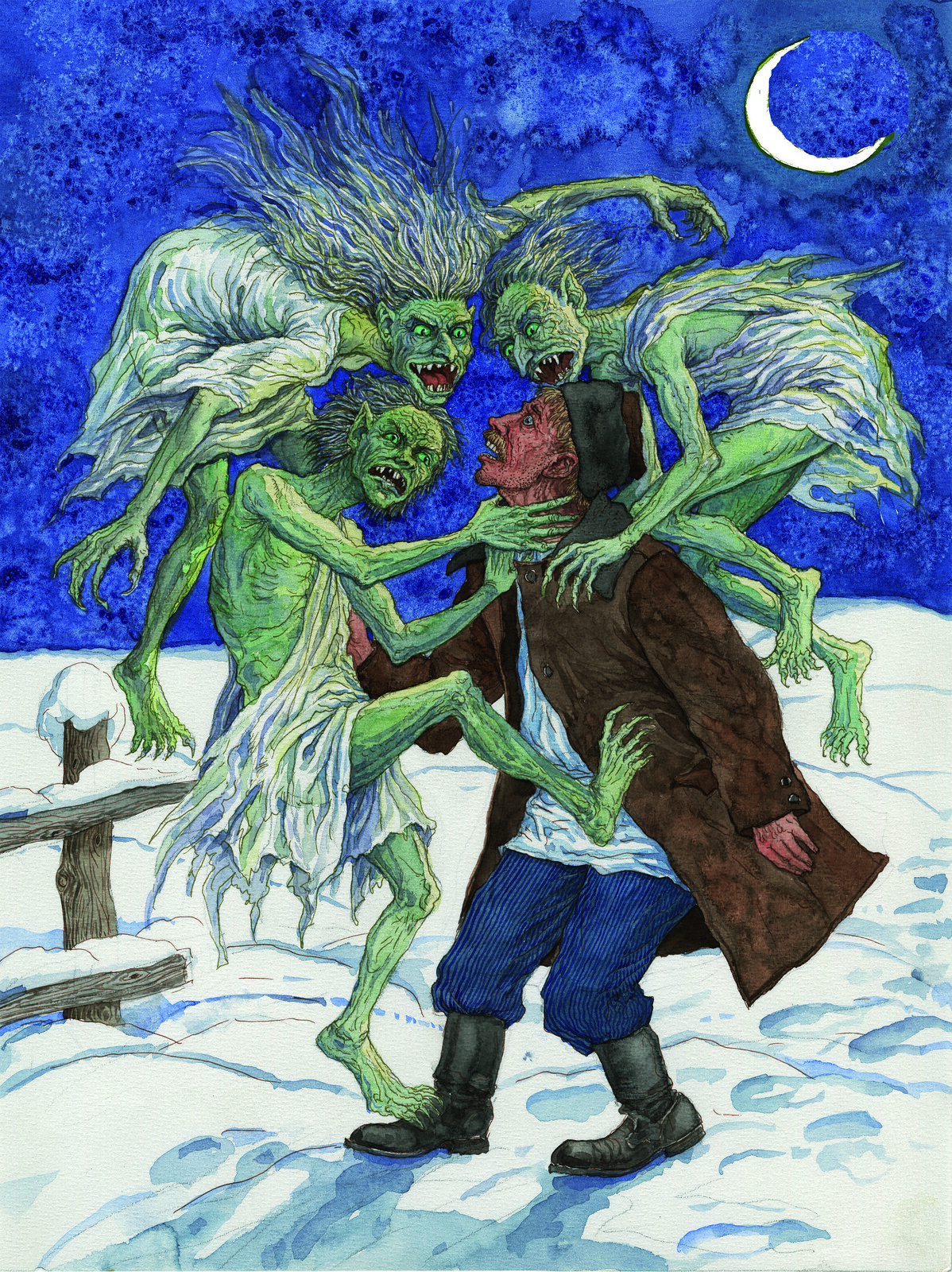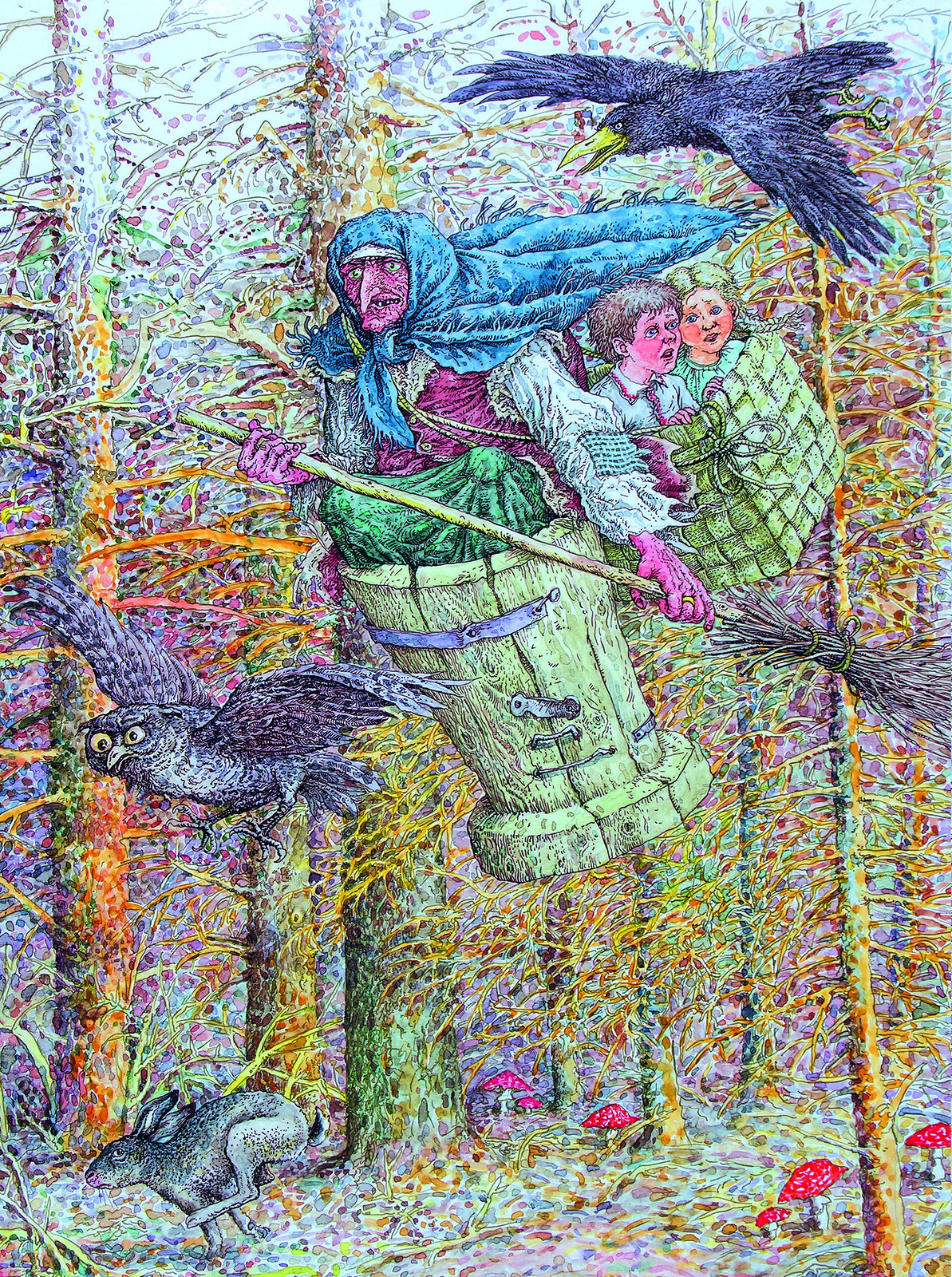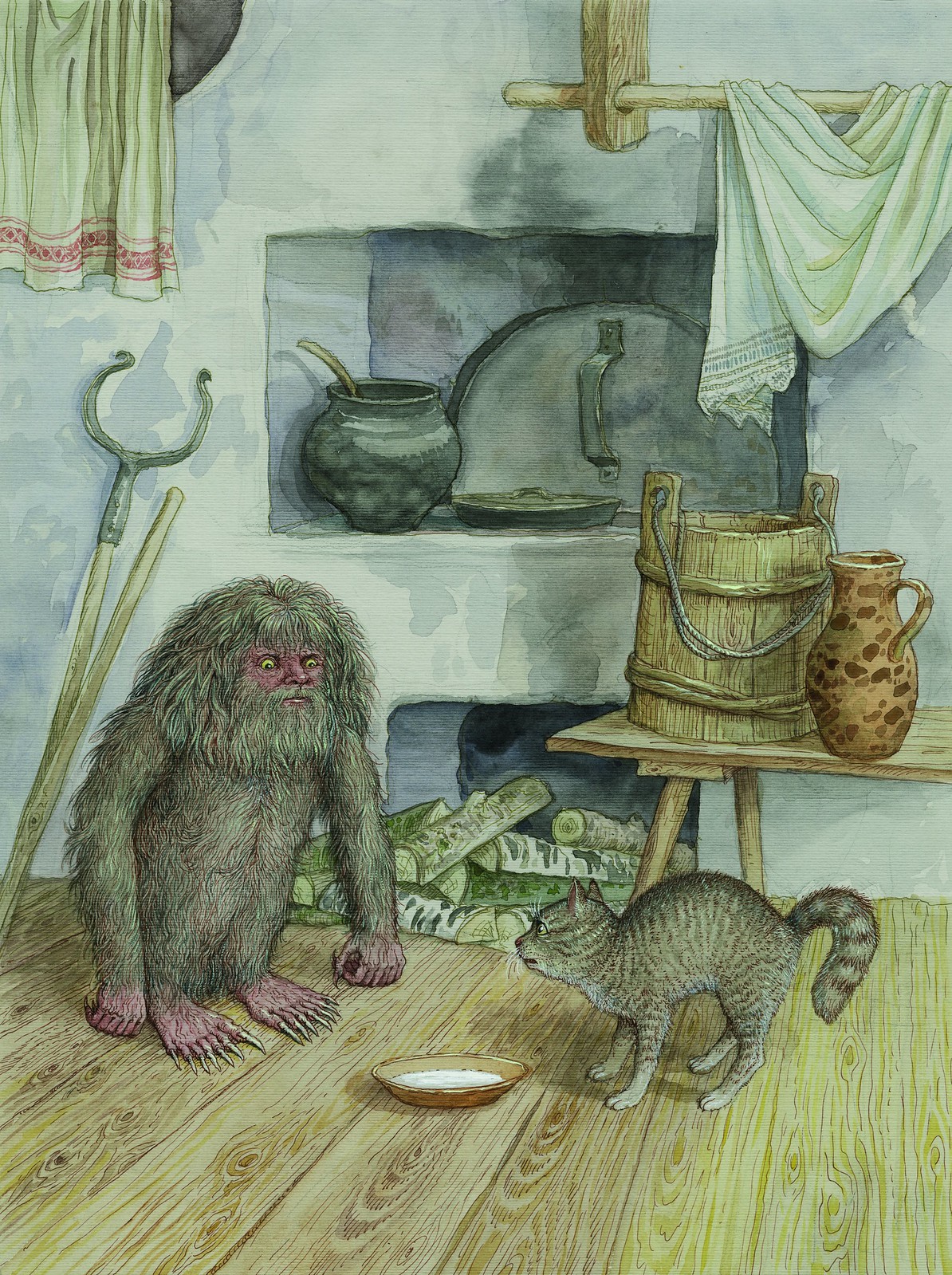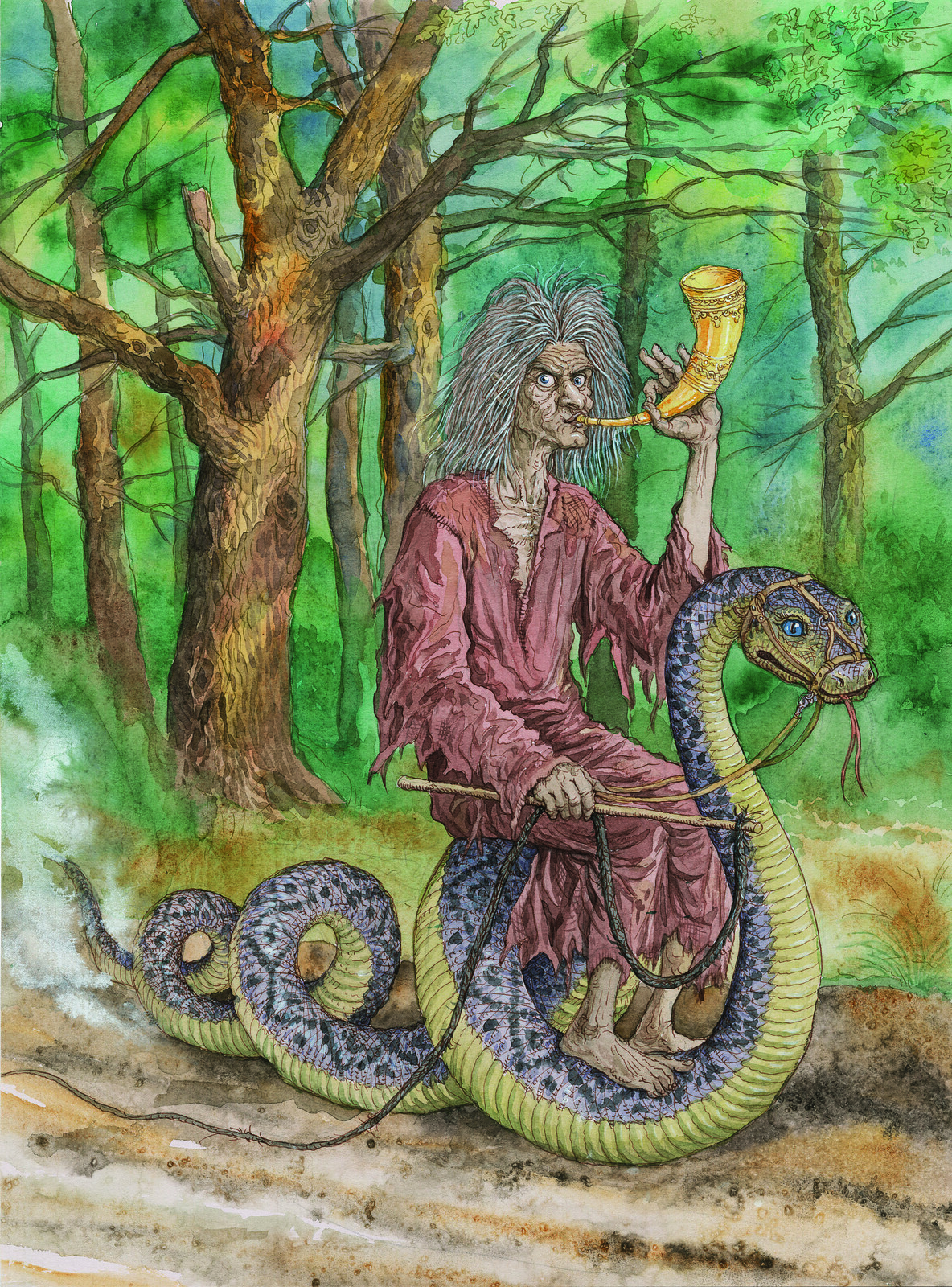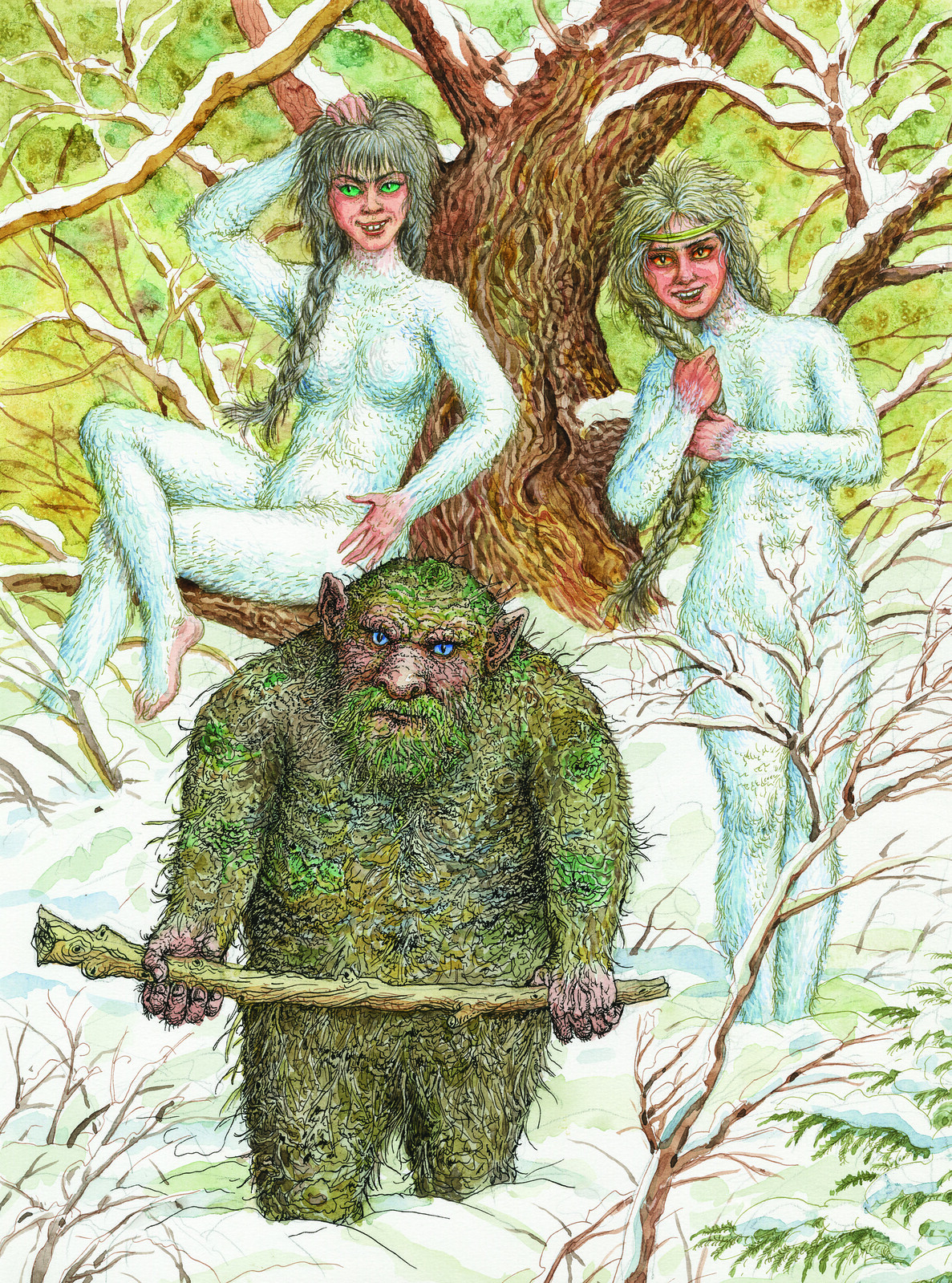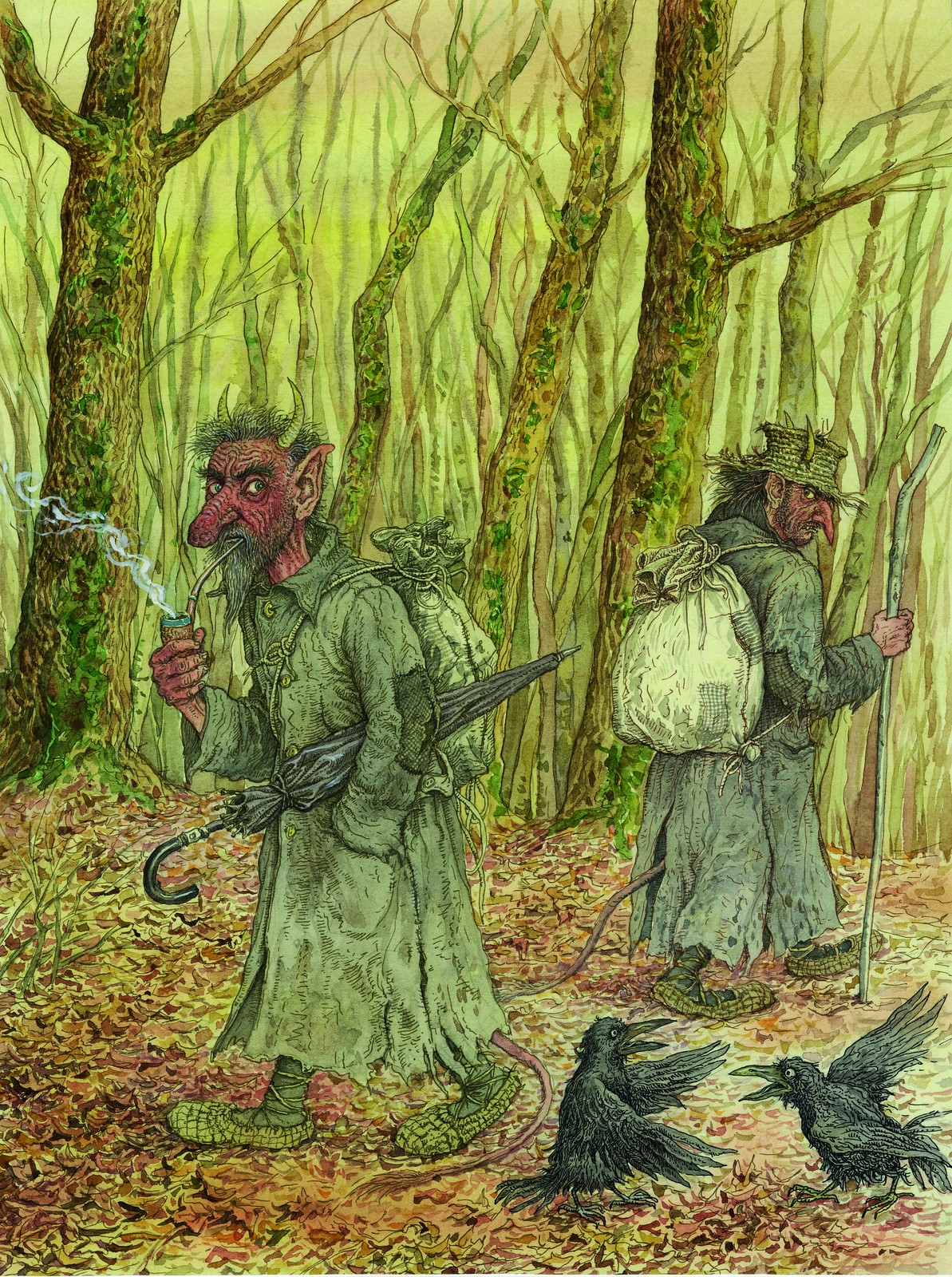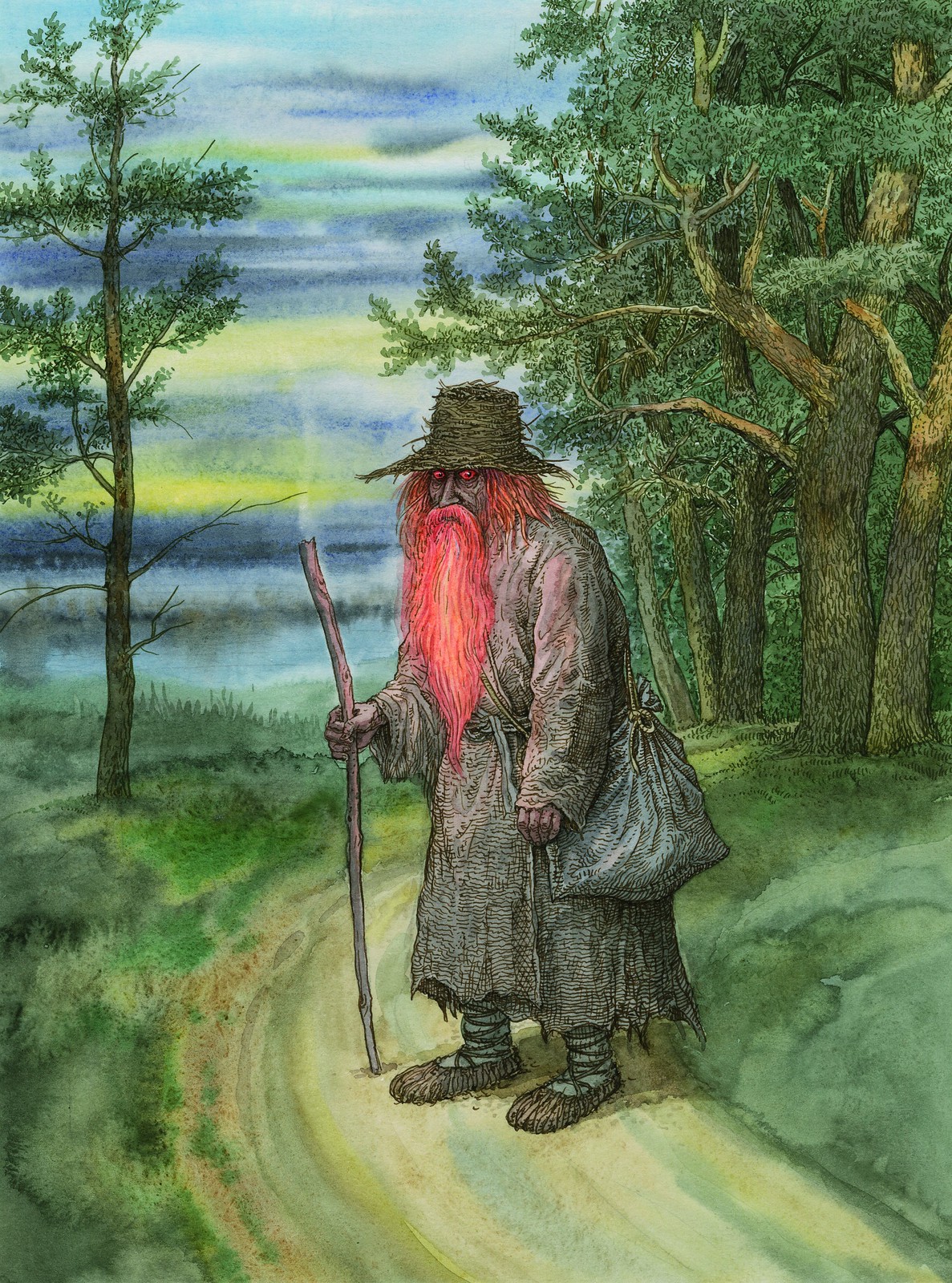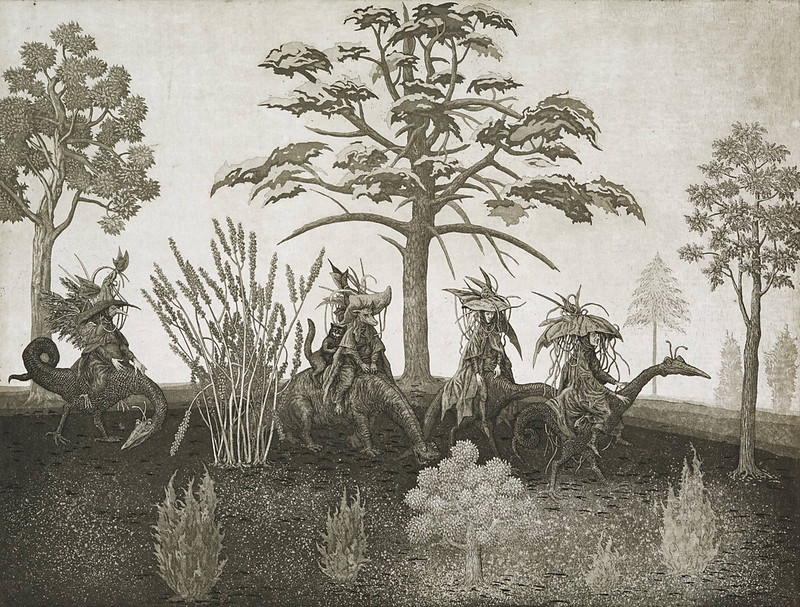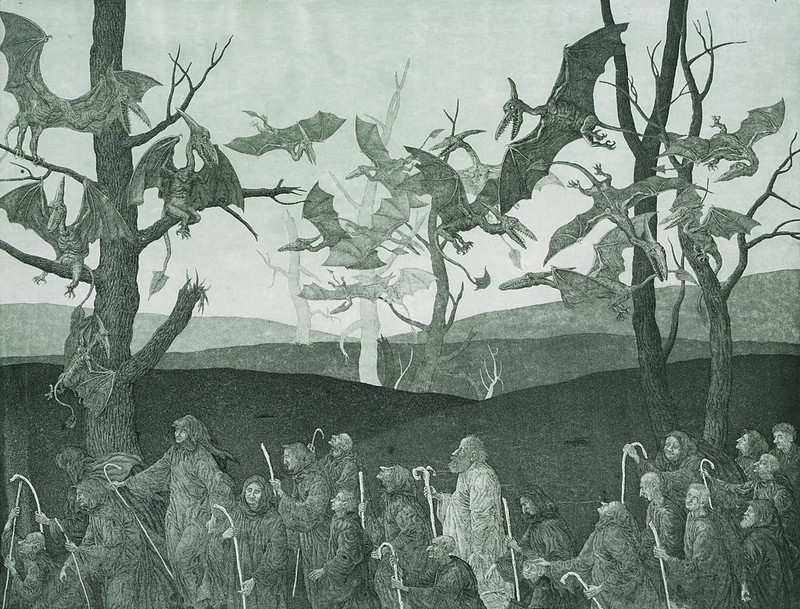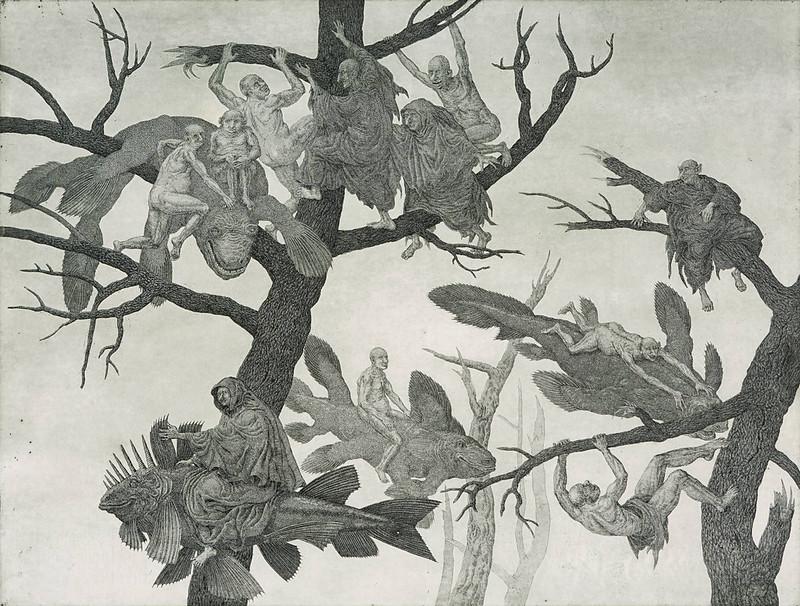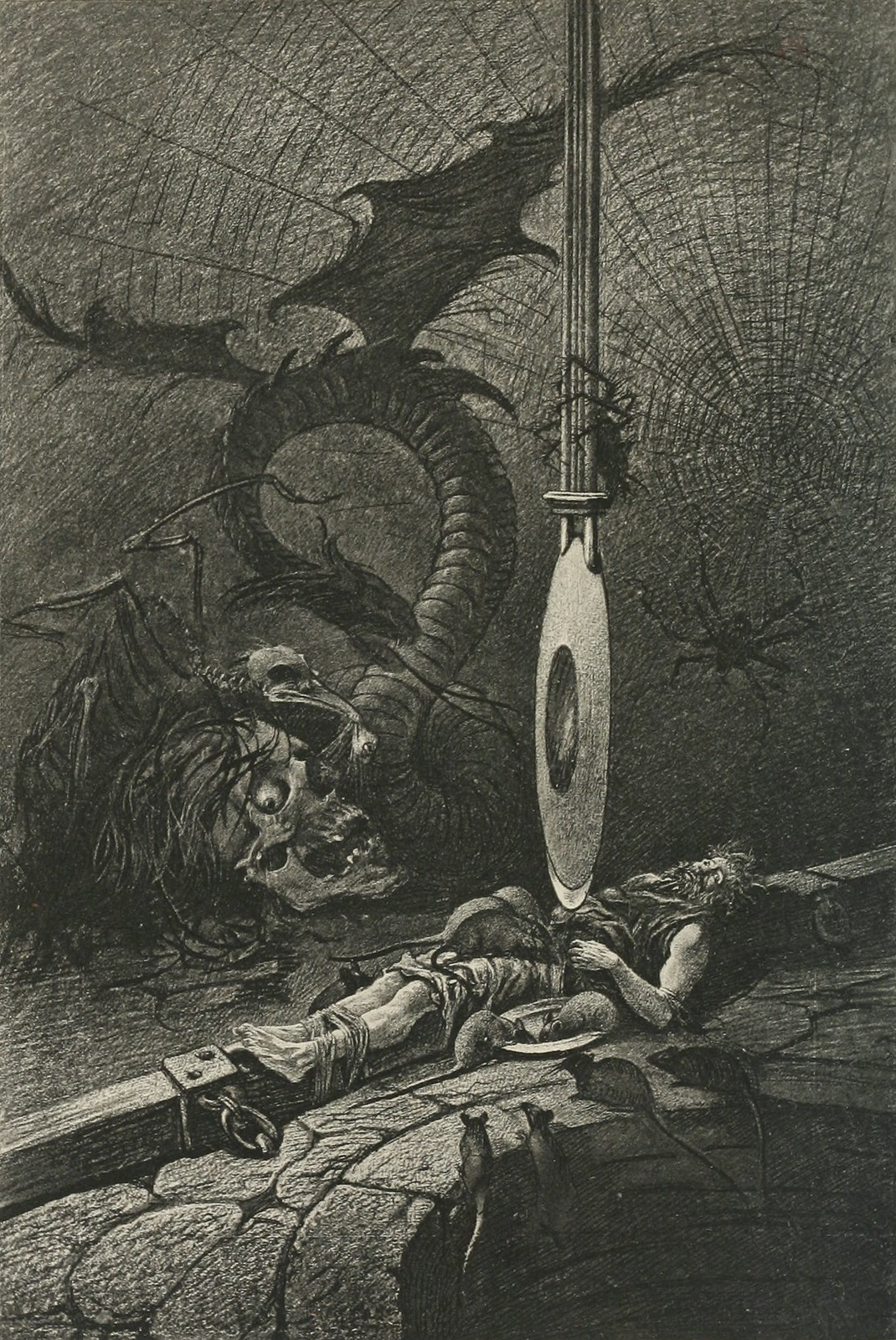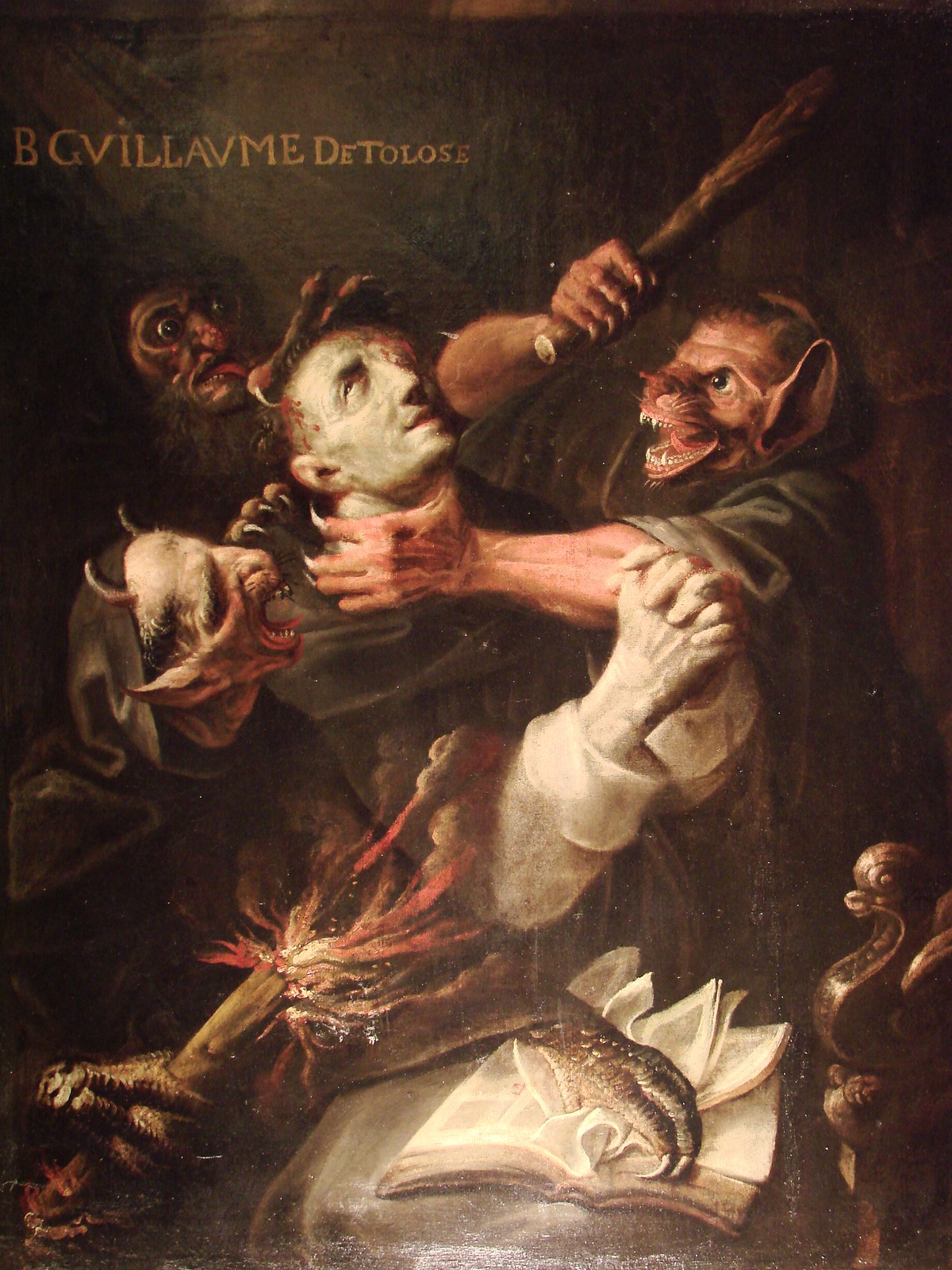[Free RPG Day 2021] Reap and Sow
—oOo—
 Cubicle7 Entertainment Ltd. offered two titles for Free RPG Day 2021. One is Going Underground, an adventure for the forthcoming version of Victoriana, the roleplaying game of intrigue, sorcery, and steam for Dungeons & Dragons, Fifth Edition. The other is Reap and Sow, a scenario and quick-start for Warhammer Age of Sigmar Soulbound. This is the roleplaying game in which the Soulbound, heroes chosen by the gods, stand defiantly against the horrors that plague the Mortal Realms, tasked with preventing a new age of Chaos, Death, and Destruction. Sigmar’s Storm has already stopped the hordes of Chaos once and given the people of the Mortal Realms hope and time to plant the first seeds of civilisation and establish the new bastions of Order. Yet Chaos has not gone quietly. The Necroquake saw the undead legions of Nagash rise up to shatter the newly founded bastions of law and order. If civilisation is to survive, the Soulbound must face roving bands of cannibals, legions of undead, and hordes of daemons in a desperate struggle for survival.
Cubicle7 Entertainment Ltd. offered two titles for Free RPG Day 2021. One is Going Underground, an adventure for the forthcoming version of Victoriana, the roleplaying game of intrigue, sorcery, and steam for Dungeons & Dragons, Fifth Edition. The other is Reap and Sow, a scenario and quick-start for Warhammer Age of Sigmar Soulbound. This is the roleplaying game in which the Soulbound, heroes chosen by the gods, stand defiantly against the horrors that plague the Mortal Realms, tasked with preventing a new age of Chaos, Death, and Destruction. Sigmar’s Storm has already stopped the hordes of Chaos once and given the people of the Mortal Realms hope and time to plant the first seeds of civilisation and establish the new bastions of Order. Yet Chaos has not gone quietly. The Necroquake saw the undead legions of Nagash rise up to shatter the newly founded bastions of law and order. If civilisation is to survive, the Soulbound must face roving bands of cannibals, legions of undead, and hordes of daemons in a desperate struggle for survival.Reap and Sow provides a location within one of the realms; an adventure of the same name which sees the Player Characters protecting it against an assault by the undead and should provide between two and three hours of play; and four ready-to-play pregenerated Player Characters for use with the adventure. In terms of rules, it does not use the full rules from Warhammer Age of Sigmar Soulbound, but instead employs a streamlined and simplified version that has most of the tasks that the Player Characters might want to undertake already written up in terms of the mechanics—the target number required and the number of successes needed. Alternatively, the scenario could be played using Player Characters created by the players using the rules in the core rules for Warhammer Age of Sigmar Soulbound and the full rules themselves. This would require some development upon the part of the Game Master.
Mechanically, Reap and Sow and thus Warhammer Age of Sigmar Soulbound uses dice pools consisting of six-sided dice. Tests are rolled against a Difficulty Number and a Complexity. The Difficulty Number is the number which a player must roll equal to or greater than on a die, whilst the Complexity is the number of successes which the player must roll from the pool. For example, Malgra Dainsson, one of the four pre-generated Player Characters included in Reap and Sow, is armed with a Rapid-fire Rivet. To make an attack with this weapon, their player must make a DN 3:1 Test, meaning a Difficulty Number of Three and a Complexity of one. For this he rolls the five dice for Malgra’s Ballistic Skill. The weapon will inflict one damage with a successful attack, but generate extra damage the more successes the player rolls. As a stripped-down presentation of the rules to Warhammer Age of Sigmar Soulbound, this works more than well enough, and is both fast playing and quick to grasp.
Reap and Sow includes a quartet of pre-generated Player Characters. They include Xan Bemyer, a Warpriest of the Devoted of Sigmar, who can bring down the holy searing Light of Sigmar; Vel Arturious, a Knight-Questor of the Stormcast Eternals, who is a Bulwark, a stalwart defender who hold off hordes on her own; Malgra Dainsson, an Endrinrigger of the Kharadron Overlords whose Aether-rig renders her capable of flight; and Darach, a Kurnoth Hunter, a grown defender of the Sylvaneth armed with a greatbow, who can launch down a Hail of Doom in a zone or adjacent zone. All have three attributes—Body, Mind, and Soul—and various skills, plus ratings for Toughness, Wounds, and Armour. Toughness is essentially a character’s Hit Points, and when a character is hit, his Armour reduces the damage suffered. When a character’s Toughness is reduced to zero, he suffers Wounds. The effect of suffering Wounds is more complex in the core rules, but has been simplified here to each Player Character just having the four Wounds. The various NPCs and monsters in the scenario simply have Toughness and when that is reduced to zero, they are dead. Most characters—Player Characters and NPCs—have another rating for Mettle, the equivalent of Hero Points in other roleplaying games. Here though, it is simplified to just two uses. One is to allow a character a second action in a combat round, the other to have Xan Bemyer use his Light of Sigmar ability slightly differently and have it ignore Armour.
The scenario, ‘Reap and Sow’, takes place in Shyish, the Realm of the Dead, where the dead far outnumber the living. The latter includes colonists who have travelled through realmgates to establish settlements and a new life scratched from the grey soil of the haunted realm with its suspended decay. The realm is dominated by Nagash, the Unliving King, who has subsumed all of the other gods of death who once held power here. Grimreach is such a settlement, recently founded by the Dawnbringer Crusade. Here, the Player Characters, as members of a Soulbinding, go about their daily duties, whether that is conducting sermons in the temple of Sigmar, mounting patrols in the immediate area, performing maintenance on the settlement, or training the settlement’s defence forces, when each is approached by another member of the community about a strange event. This includes discovering evidence of an earlier settlement in the caves below Grimreach, somebody suffering a terrible sense of foreboding, of a mechanical breakdown, an accident, and so on, but at nightfall, a trio of Morghasts—great winged skeletons, servants of Nagash—come before the gates the settlement and demand a tithe! Not a tithe of food or goods or money or even souls, but bone!
Naturally, the Player Characters—as the leaders of Grimreach—refuse, and so battle ensues! The scenario is entirely defensive, with the Player Characters have time first to bolster Grimreach’s defences, and then hold off the attackers in ‘The Night of Shattered Bone’. The attacks come in waves as the undead lay siege to the settlement, and there is certain wargaming element here. In part, this is reinforced by Grimreach itself being organised into zones, and to help the Player Characters enact the defence of the settlement, the Game Master may want to print out a copy and have it on the table so that the players can more easily track where their characters are. Overall, the scenario is fun, offering a little roleplaying, some planning, and a lot of combat over the course of the session, which should be no more than four hours, if that.
Physically, Reap and Sow is decently written and nicely illustrated as you would expect for a roleplaying title set in a Games Workshop setting. It needs a slight edit here and there, and is written to be learned as the scenario progresses. The map of Grimreach is excellent and should ideally also serve as a good handout for the players. Reap and Sow is a solid adventure combined with basic rules, which should ideally serve as a good, though not full, introduction to Warhammer Age of Sigmar Soulbound. More of a hors d’oeuvre than full starter—and certainly not the equivalent of a starter set. That said, Reap and Sow could be run using either the Warhammer Age of Sigmar Soulbound Starter Set or Warhammer Age of Sigmar Soulbound, and that way, might provide a more fulsome and detailed adventure. On its own, Reap and Sow will provide a solid session’s worth of play and action for a quartet of players.
















